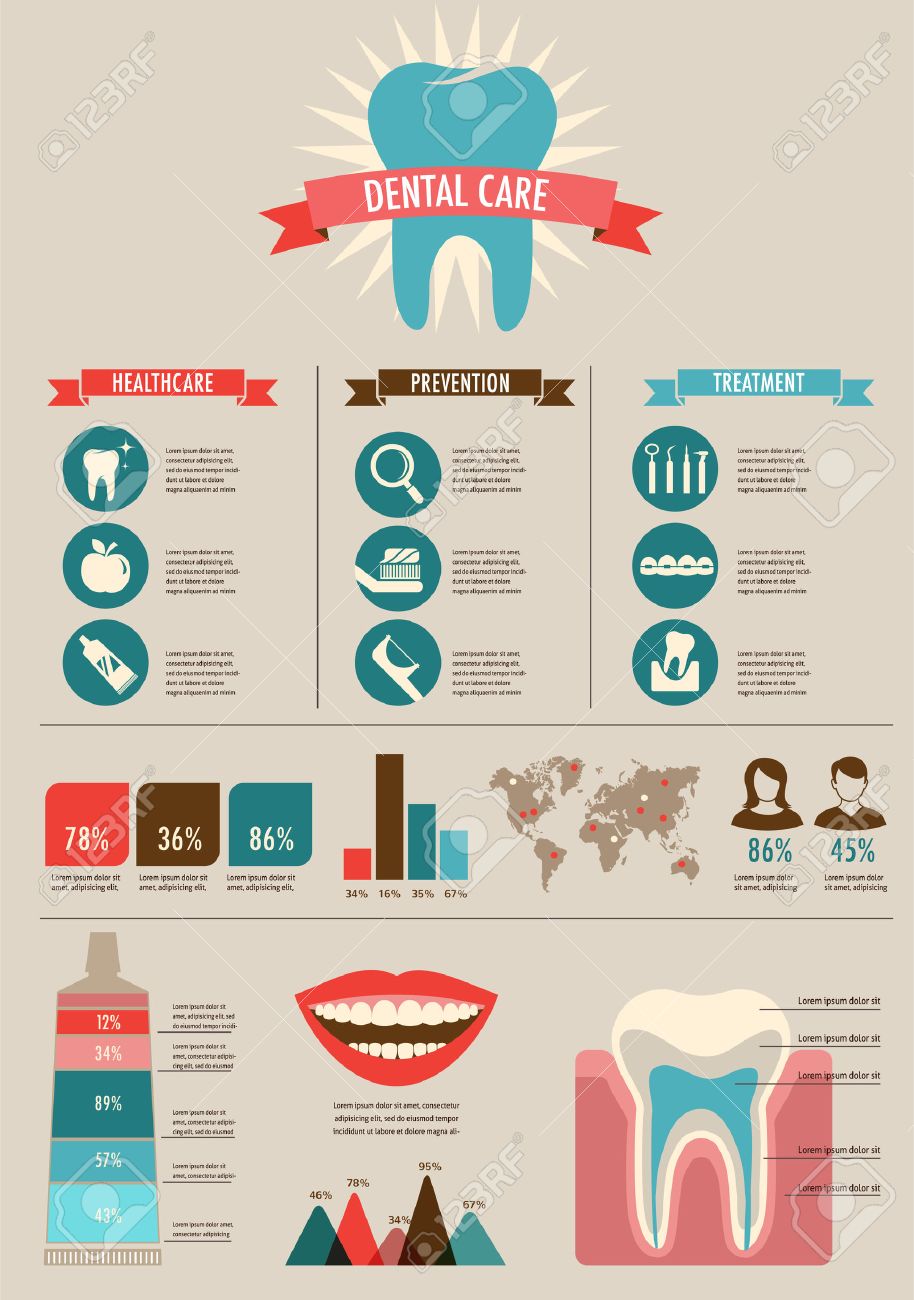Invisalign Versus Typical Braces: A Substantial Examination
Invisalign Versus Typical Braces: A Substantial Examination
Blog Article
Composed By-Field Isaksen
When faced with the decision between Invisalign and conventional dental braces, you might question which choice straightens much better with your way of living and choices. The selection entails greater than just the aesthetic charm; it explores factors like treatment period, convenience, and lasting oral health impacts. Think about the effect each option might carry your daily routine and self-esteem. As we explore the comprehensive contrast, you'll gain understandings into the subtleties that make these orthodontic therapies special and uncover which one might be the better fit for you.
Materials and Building
When comparing Invisalign to standard dental braces, the materials and construction differ considerably. Invisalign contains clear, smooth plastic aligners personalized to fit your teeth. These aligners are practically invisible, making them a prominent choice for those seeking a much more discreet orthodontic treatment.
On the other hand, conventional braces entail steel brackets that are glued to your teeth. These braces are after that linked by cords and elastic band, using pressure to gradually move your teeth into the wanted placement.
The construction of Invisalign aligners allows for an extra comfy fit contrasted to conventional braces. The smooth plastic material decreases inflammation to your cheeks and gum tissues, which is an usual concern with metal braces and cords. Furthermore, Invisalign aligners are removable, making it simpler to clean and floss your teeth with no obstructions.
On the other hand, traditional braces are dealt with onto your teeth, needing additional treatment and time for correct maintenance.
Upkeep and Oral Health
The upkeep and oral health methods vary in between Invisalign and typical braces due to their unique layout and building and construction.
With Invisalign, you can get rid of the aligners when eating or brushing your teeth, enabling you to preserve your regular oral health regimen with no blockages. It's vital to brush your teeth after consuming prior to putting the aligners back on to protect against food fragments from obtaining caught and creating degeneration.
On the other hand, conventional braces call for added focus to keep your teeth tidy. Food fragments can conveniently obtain stuck in the brackets and cables, resulting in plaque build-up and prospective dental cavity. You'll require to use special tools like interdental brushes or floss threaders to tidy in between the cords and brackets effectively.
Regular oral exams and cleansings are essential to make sure that your oral hygiene remains in top problem while putting on standard braces.
Exposure and Looks
Presence and visual appeals play a substantial duty in the comparison between Invisalign and typical dental braces. When it comes to appearance, Invisalign supplies a clear benefit over traditional dental braces. Invisalign aligners are practically unseen, making them a prominent choice for those that choose a more very discreet orthodontic therapy option.
Unlike the noticeable metal braces and wires of typical dental braces, Invisalign aligners are transparent and blend in with your natural teeth, allowing you to smile confidently throughout your treatment.
Conventional dental braces, on the other hand, are much more obvious because of their steel components. While https://okcfox.com/archive/minnesota-teen-goes-into-cardiac-arrest-after-wisdom-teeth-pulled may opt for vivid bands to customize their braces, others might feel uneasy about the exposure of these orthodontic appliances. what is root canal of traditional dental braces can occasionally impact an individual's self-confidence, specifically for adults in expert settings.
Conclusion
In conclusion, when choosing between Invisalign and standard braces, consider your lifestyle and choices. Invisalign offers a discreet and comfortable alternative with easy upkeep, while traditional braces give vibrant modification however may impact self-esteem.
Eventually, the choice should be based on what jobs best for you in terms of aesthetics, convenience, and comfort. Make certain to speak with your orthodontist to determine one of the most appropriate therapy for your individual needs.
